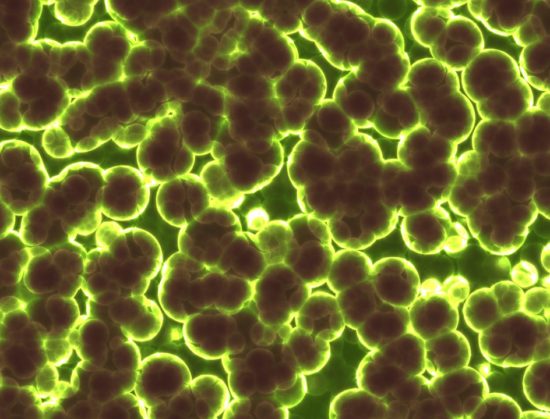In situ captured antibacterial action of membrane-incising peptide lamellae
The study uses electron microscopy to study the formation of supramolecular structures of lysine-rich heterochiral β3-peptides, termed lamellin-2K and lamellin-3K, triggered by bacterial cell surface lipopolysaccharides. The phosphate-induced conformational change on these lamellins leads to the formation of striped lamellae, which can incise the cell envelope of Gram-negative bacteria, providing a mechanistic link for membrane-targeting agents.
AMR NEWS
Your Biweekly Source for Global AMR Insights!
Stay informed with the essential newsletter that brings together all the latest One Health news on antimicrobial resistance. Delivered straight to your inbox every two weeks, AMR NEWS provides a curated selection of international insights, key publications, and the latest updates in the fight against AMR.
Don’t miss out on staying ahead in the global AMR movement—subscribe now!





